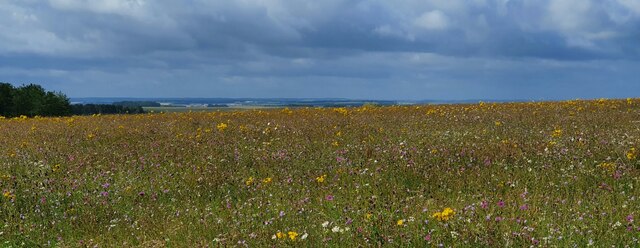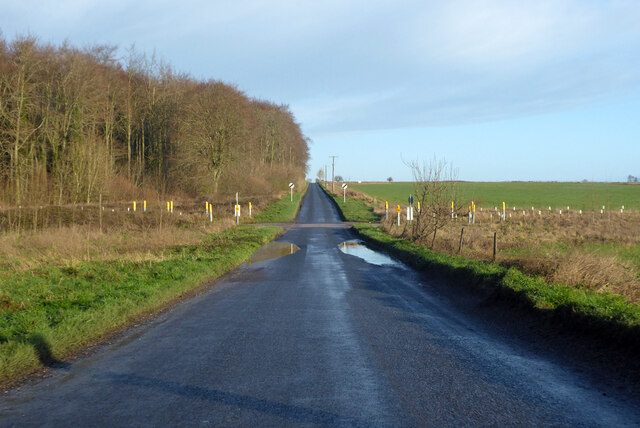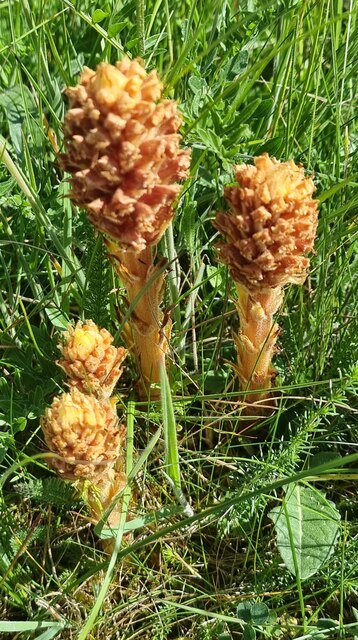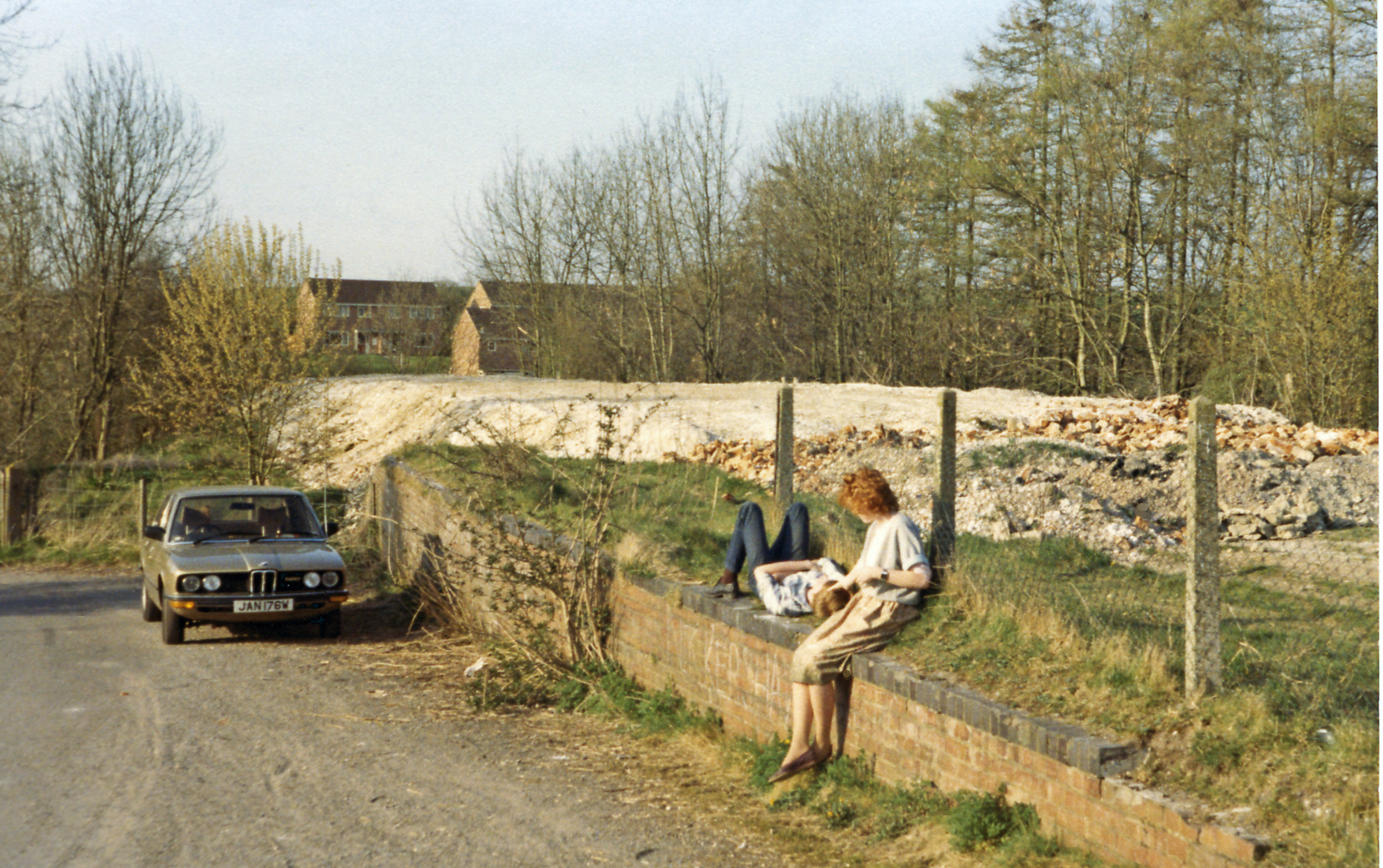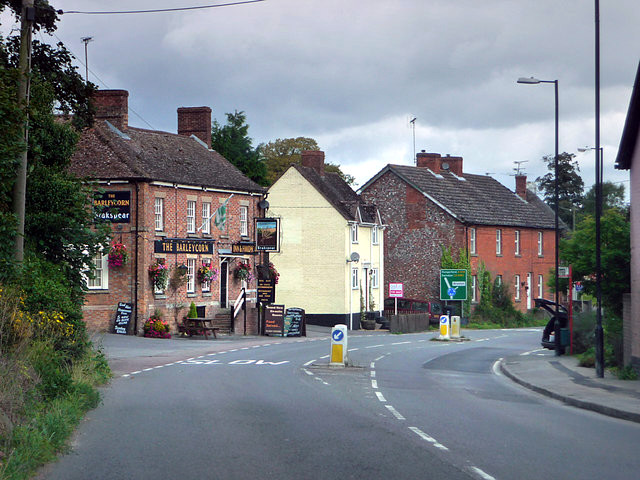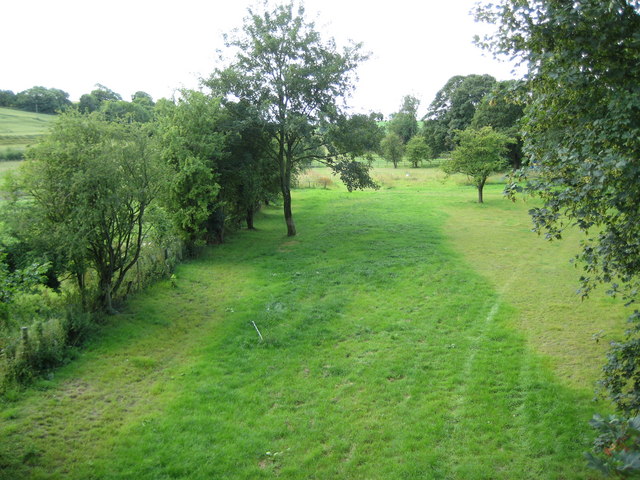Alma Clump
Wood, Forest in Wiltshire
England
Alma Clump

Alma Clump, located in Wiltshire, England, is a serene and picturesque woodland area that offers a tranquil escape for nature enthusiasts. Situated in close proximity to the village of Wood, Alma Clump is renowned for its stunning forest scenery and abundance of wildlife.
Covering an area of approximately 100 acres, Alma Clump is predominantly composed of ancient broadleaf woodland, with a diverse range of tree species including oak, ash, beech, and sycamore. These towering trees provide a dense canopy, casting dappled sunlight onto the forest floor and creating a magical atmosphere.
The woodland is crisscrossed by a network of well-maintained footpaths, making it easily accessible for visitors. These paths wind their way through the forest, offering walkers and hikers the opportunity to explore the area at their own pace. The tranquil ambiance of Alma Clump provides the perfect setting for a peaceful stroll, allowing visitors to immerse themselves in the beauty of nature.
The forest is also home to a rich variety of wildlife, with deer, badgers, foxes, and numerous bird species frequently spotted by keen observers. The diverse ecosystem supports a range of flora and fauna, with wildflowers, fungi, and mosses adding vibrant splashes of color to the forest floor.
Alma Clump offers a haven for those seeking solace in nature, providing a peaceful retreat from the hustle and bustle of everyday life. Whether it be a leisurely walk, a birdwatching expedition, or simply a moment of tranquility, this enchanting woodland offers something for everyone to enjoy.
If you have any feedback on the listing, please let us know in the comments section below.
Alma Clump Images
Images are sourced within 2km of 51.278039/-1.7077554 or Grid Reference SU2053. Thanks to Geograph Open Source API. All images are credited.


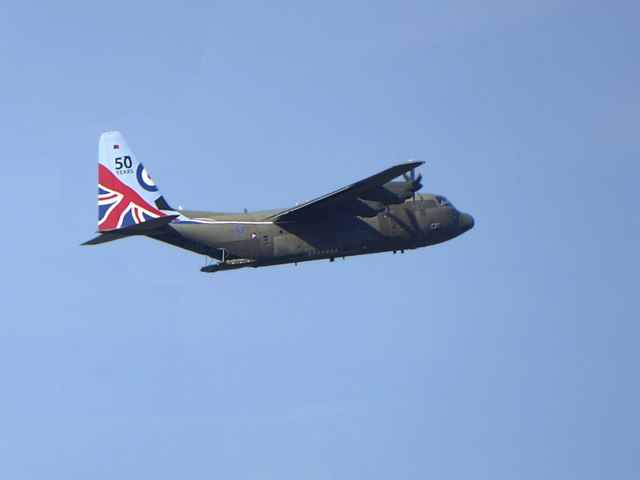


Alma Clump is located at Grid Ref: SU2053 (Lat: 51.278039, Lng: -1.7077554)
Unitary Authority: Wiltshire
Police Authority: Wiltshire
What 3 Words
///haystack.reminder.yoga. Near Collingbourne Kingston, Wiltshire
Nearby Locations
Related Wikis
Nearby Amenities
Located within 500m of 51.278039,-1.7077554Have you been to Alma Clump?
Leave your review of Alma Clump below (or comments, questions and feedback).
